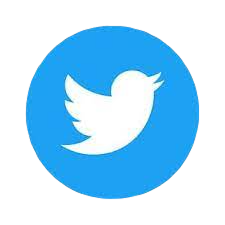Exploring the Textual Journey: Building Bridges between Early Childhood and Primary Education
DOI:
https://doi.org/10.24310/isl.19.1.2024.17880Keywords:
textual typology, reading, Early Childhood Education, Primary Education, teacherAbstract
This study is part of the European Project "READ-COM: Reading Communities from paper books to digital era", which aims to raise awareness of the importance of reading and provide innovative resources to improve reading practices in homes and schools. It explores the similarities and differences in the textual typology used by pre-school and primary school teachers. Quantitative research has been carried out with the participation of 440 teachers, 200 from the second cycle of Pre-school and 240 from Primary School. The conclusions of this study reveal notable differences in the selection of texts used by pre-school and primary school teachers. It is observed that enumerative, expository and literary texts are used differently at both stages, indicating that pedagogical approaches may vary. On the other hand, no significant variations are found in the use of prescriptive and informative texts.
These findings suggest the need for greater coordination and communication between pre-primary and primary levels to ensure a more effective transition in the teaching of reading and textual comprehension. Furthermore, they underline the importance of providing innovative resources that encourage textual diversity in the classroom, in line with this project, to enrich reading practices both at home and in schools.
Downloads
Metrics
Publication Facts
Reviewer profiles N/A
Author statements
- Academic society
- N/A
- Publisher
- EduVerso, Universidad de Málaga
References
Arellano Yanguas, M. del V. (2008). El álbum ilustrado: un género en danza en Varios (eds). Literatura Infantil y Juvenil. Universidad Pública de Navarra.
Arizpe, E. y Styles, M. (2004). Lectura de imágenes. Los niños interpretan textos visuales. Fondo de Cultura Económica.
Báez-Bargellini, G., & Meneses-Arévalo, A. (2023). Multiliteracidad en la asignatura de Lenguaje. Revisión sistemática de la literatura entre 1996 y 2020. Ocnos, 22(2). https://doi.org/10.18239/ocnos_2023.22.2.346
Bedoya Mazo, S. P. (2022). Relaciones pedagógicas entre la prensa y la biblioteca escolar: programa Prensa Escuela 25 años. Revista Interamericana de Bibliotecología, 45(3), 1-16.
Bertsch, S., Pesta, B. J., Wiscott, R., & McDaniel, M. A. (2007). The generation effect: a meta-analytic review. Memory & Cognition, 35(2), 201-210.
Bonardi Valentinotti, B. (2016). Definición y breve historia del libro álbum. Cuadernos de Literatura Infantil y Juvenil, 270, 5-9.
Bosque, I. (1999). Las categorías de la gramática y los conceptos fundamentales de la tipología textual. En I. Bosque y V. Demonte (Eds.), Gramática descriptiva de la lengua española (Vol. 2, pp. 4215-4296). Espasa-Calpe.
Bravo, D. y Tolosa, C. (2009). Tipología textual: una aproximación funcional. En C. Tolosa y D. Bravo (Eds.), Lingüística aplicada: perspectivas y problemáticas (pp. 65-85). Editorial Universidad de Santiago de Chile.
Calle Zapata, M. (2020). Producción de textos prescriptivos a partir de mediaciones virtuales. Tesina para optar al título de licenciada en Educación Preescolar. Tecnológico de Antioquia-Institución Universitaria. Facultad de Educación y Ciencias Sociales
Cassany, D. (2021). El arte de dar clase (según un lingüista). Anagrama.
Craft, A. (2013). Childhood in a Digital Age: Creative Challenges for Educational Futures. Routledge.
Delgado Marín, M. D., Méndez, I., & Ruiz Esteban, C. (2022). Comprensión y motivación lectora en Educación Infantil a través de la luz. Investigaciones Sobre Lectura, 2(17). https://doi.org/10.24310/isl.vi18.14399
Duke, N. K., & Bennett-Armistead, V. S. (2003). Reading and Writing Genre with Purpose in K-8 Classrooms. Stenhouse Publishers.
Duran, T. (2009). Álbumes y otras lecturas. Análisis de los libros infantiles. Barcelona: Octaedro.
Elche-Sandoval, N. (2016). Efectos de la aplicación de una propuesta didáctica de estrategias cognitivas, con textos expositivos, en la comprensión lectora de los estudiantes del sexto grado de Educación primaria del colegio Salesiano Don Bosco de Piura (Tesis de Maestría en Educación con Mención en Psicopedagogía). Universidad de Piura. Facultad de Ciencias de la Educación. Piura, Perú.
Gee, J. P. (2017). Sociolinguistics and Literacies: Ideology in Discourses. Routledge.
Gómez Parra, M. E. (2008). Clasificación y tipología textual. En M. E. Gómez Parra (Ed.), Introducción a la lingüística hispánica actual: teoría y práctica, pp. 377-404. Ariel.
González Pérez, R. (2009). Tipología textual y coherencia discursiva. En M.ª Azucena Penas Ibáñez, Rosario González Pérez (ccords). Estudios sobre el texto. Nuevos enfoques y propuestas (207-222). Peter Lang.
Guthrie, J. T., & Wigfield, A. (2019). Motivating Reading: Integrating Instruction with Research. The Guilford Press.
Hatim, B., & Mason, I. (2017). The Translator as Communicator. Routledge.
Heath, S. B., & McLaughlin, M. W. (2013). Identity and Inner-City Youth: Beyond Ethnicity and Gender. Teachers College Press.
Huergo, L. (2022). El poder de la literatura infantil y el álbum ilustrado en el entorno familiar y escolar. Revista digital Ventana Abierta. https://revistaventanaabierta.es/el-poder-de-la-literatura-infantil-y-el-album-ilustrado-en-el-entorno-familiar-y-escolar/
Ibarra-Rius, N., & Ballester-Roca, J. (2022). El cómic desde la educación lectora: confluencias, interrogantes y desafíos para la investigación. Ocnos. Revista de estudios sobre lectura, 21(1)1-14. https://doi.org/10.18239/ocnos_2022.21.1.2753
Johnson, E. G. (2008). Technical Writing: Process and Product. Pearson.
Lipson, M. Y., Valencia, S. W., & Wixson, K. K. (2017). Exploring Literature: Writing and Arguing about Fiction, Poetry, Drama, and the Essay. Routledge.
Llamas, I. E., y Barreiro, M. C. (2018). El álbum ilustrado como instrumento educativo para el profesorado de infantil, primaria y secundaria. Matéria Prima, 6(2), 13-26.
Marco Martínez, M., & de Vicente-Yagüe Jara, M. I. (2023). Fomento lector del género poético en Educación Primaria a través de un modelo didáctico hipertextual. Investigaciones Sobre Lectura, 18(1), 131–153. https://doi.org/10.24310/isl.v18i1.16773
Martínez Egido, J. J. (2012). Tipología textual. En J. J. Martínez Egido (Ed.), Análisis de textos (pp. 101-126). Arco Libros.
McNeill, K. L., & Krajcik, J. (2018). Supporting grade 5-8 students in constructing explanations in science: The claim, evidence, and reasoning framework for talk and writing. Routledge.
Melero, M. Á. A. (2006). Cómo trabajar con la publicidad en el aula: Competencias comunicativas y textos publicitarios (Vol. 231). Graó.
Mena Araya, A.E. (2020). Una taxonomía de medios educativos para el desarrollo del pensamiento crítico: Dominios de acción y tipologías textuales. Estudios pedagógicos, 46, 1. http://dx.doi.org/10.4067/S0718-07052020000100203
Mederer Hengstl, B. y Molina-García, M.J. (2023). La Educación literaria: estado de la cuestión y nuevas propuestas en Núñez-Delgado, M.P. (coord.) y Santamarina Sancho, M. (ed.). Canon de lecturas, prácticas de Educación Literaria y valores de la ciudadanía europea (33-53). Síntesis.
Moral Anel, S. (2018). La ilustración en la literatura infantil: una aportación en primera persona. [Trabajo de fin de grado. Grado en Educación Primaria] Universidad de Valladolid. Facultad de Educación y Trabajo Social. https://uvadoc.uva.es/bitstream/handle/10324/32359/TFG-G3128.pdf?sequence=1
Neuman, S. B., & Dickinson, D. K. (Eds.). (2014). Handbook of Early Literacy Research, Volume 3. Guilford Publications.
Núñez Delgado, M.P. (2002). Las tipologías textuales en la enseñanza de la lengua y la literatura: una revisión para la reflexión. En C. Ayora y A. González Vázquez (eds.). Estudios de Didáctica de la Lengua y la Literatura (127-148). MEC-Universidad de Granada- Ciudad Autónoma de Ceuta.
Padrón, C. J. (2013). Estrategias didácticas basadas en aplicaciones de mensajería instantánea WhatsApp exclusivamente para móviles (mobile learning) y el uso de la herramienta para promover el aprendizaje colaborativo. Eduweb 7 (2), 123-134.
Pérez Domínguez, M.; Raído Brañas, M.D.; Ovalle Torres, M.; González Sánchez, L.; Calero Pérez, E.; Piedra Gamíndez, A. y Calero Guisado, A. (2016). El conocimiento de la estructura textual: una estrategia clave que ayuda al alumnado de Educación Primaria en la comprensión de textos informativos. Didáctica lengua y literatura, 28, 215-242.
Prado Aragonés, J. (2004). Didáctica de la lengua y la literatura para educar en el siglo XXI. Editorial La Muralla.
Rodríguez Palmero, M.L. y Antonio Moreira, M. (2018). Mapas conceptuales: herramientas para el aula. Octaedro.
Sánchez Abchi, V., Romanutti, G. y Borzone de Manrique, A.M. (2007). Leer y escribir textos expositivos en primer grado. Lectura y vida: Revista latinoamericana de lectura, 28, (1), 24-31.
Santamarina Sancho, M. y Núñez Delgado, M.P. (2023) (eds.). Educación literaria en las aulas. Propuestas para actuar. Octaedro.
Shanahan, T., & Shanahan, C. (2017). Teaching Disciplinary Literacy to Adolescents: Rethinking Content- Area Literacy. Harvard Education Press.
Singh, P., Rana, E., & Gautam, K. (2020). Ushering internet of web in classrooms: Text, hypertext, digital humanities, and literature. Test Engineering and Management, 83, 5935-5940. https://bit.ly/3cqPJXx
Suárez, B. (2018). WhatsApp: su uso educativo, ventajas y desventajas. Revista de Investigación en Educación, 16(2), 121-135. https://bit.ly/2NT3y79
Swales, J. M., & Feak, C. B. (2012). Academic Writing for Graduate Students: Essential Tasks and Skills (3rd ed.). University of Michigan Press.
Villadiego Cabrera, M.R. (2014). Redes sociales y Apps en el aula 2.0. Innovando en las prácticas docentes. Revista digital Aularia, 2, 23-26.
Zinsser, W. (2016). On Writing Well: The Classic Guide to Writing Nonfiction (30th Anniversary Edition). Harper Perennial.
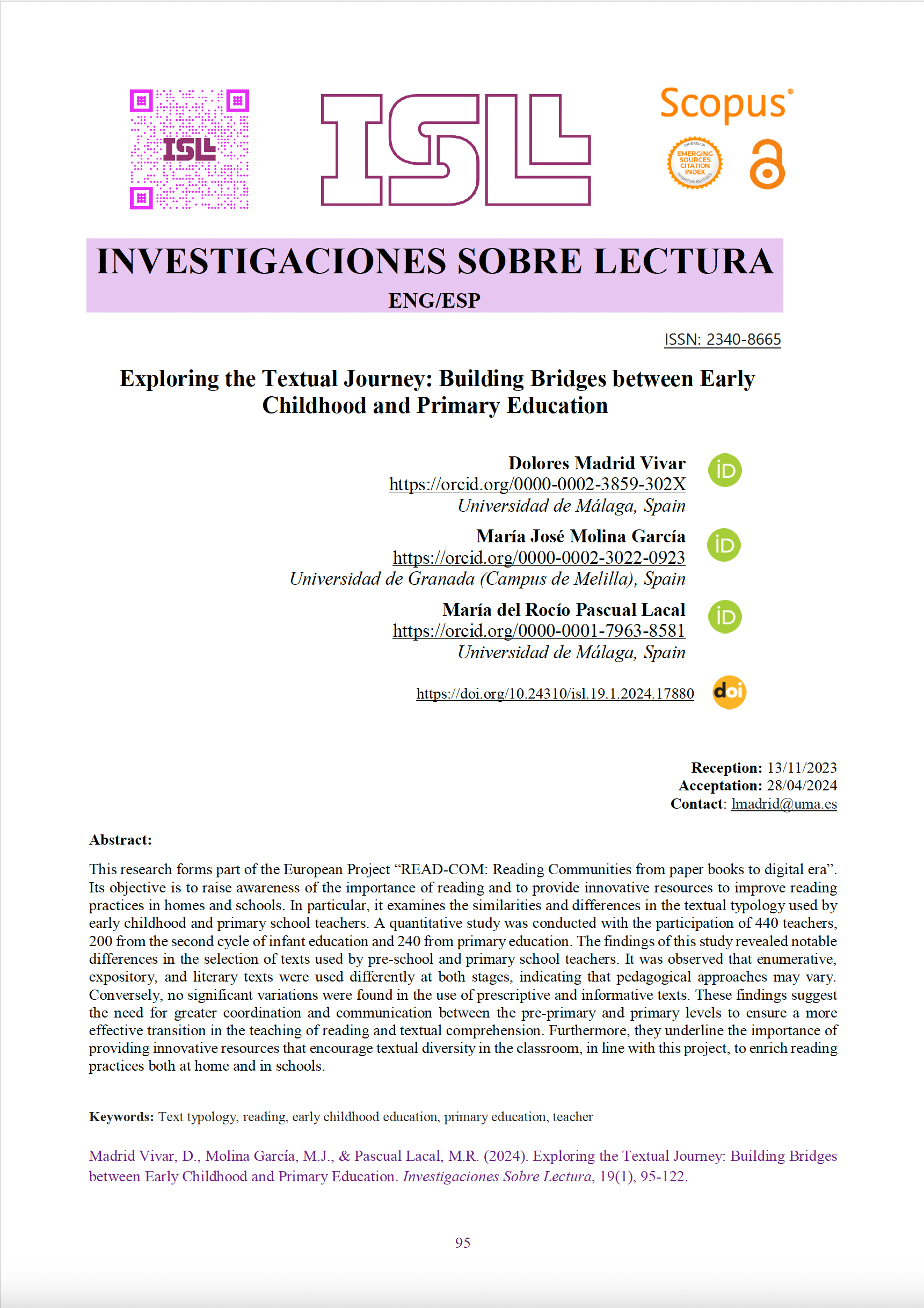
Downloads
Published
How to Cite
Issue
Section
License
Copyright (c) 2024 Dolores Madrid Vivar, María José Molina-García, Rocío Pascual-Lacal

This work is licensed under a Creative Commons Attribution-NonCommercial-ShareAlike 4.0 International License.
All contents published in Investigaciones sobre la Lectura are protected under the Creative Commons Attribution-NonCommercial-ShareAlike 4.0 International (CC BY-NC-SA 4.0) license. All about this license is available in the following link: <http://creativecommons.org/licenses/by-nc-sa/4.0>
Users can copy, use, redistribute, share and exhibit publicly as long as:
- The original source and authorship of the material are cited (Journal, Publisher and URL of the work).
- It is not used for comercial purposes.
- The existence of the license and its especifications are mentioned.
There are two sets of authors’ rights: moral and property rights. Moral rights are perpetual prerogatives, unrenounceable, not-transferable, unalienable, imprescriptible and inembargable. According to authors’ rights legislation, Investigaciones sobre la Lectura recognizes and respects authors moral rights, as well as the ownership of property rights, which will be transferred to University of Malaga in open access. The property rights are referred to the benefits that are gained by the use or the dissemination of works. Investigaciones sobre la Lectura is published in an open access form and it is exclusively licenced by any means for doing or authorising distribution, dissemination, reproduction, , adaptation, translation or arrangement of works.
Authors are responsable for obtaining the necessary permission to use copyrighted images.






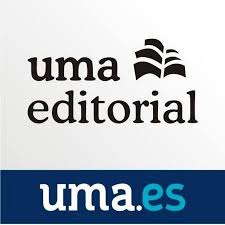
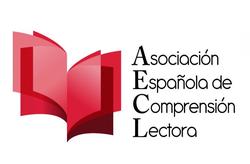


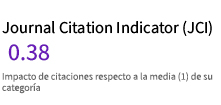
31.png)








